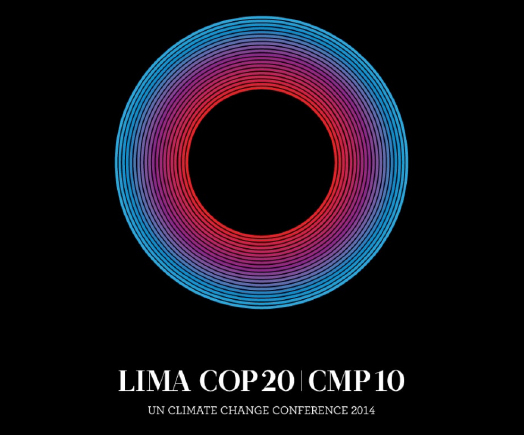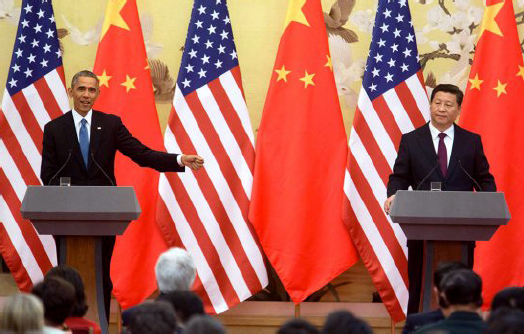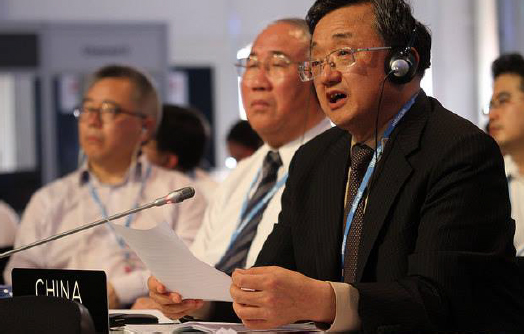
China Plays a Role in New Climate Change Agreement
At the United Nations' Council on Climate Change Conference held 1st December to 14th December in Lima, Peru, the 196 counties in attendance succeeded in elaborating elements of a new draft agreement on climate change that is scheduled to be agreed in Paris in late 2015. The countries also agreed on the ground rules on how all countries can submit contributions to the new proposed agreement during the first quarter of 2015. Although a big step towards an international agreement that will form the foundations for climate action post 2020, the Lima conference deal was reached with significant difficulty.
The difficulty of these negotiations prolonged the Lima conference for two days. Despite a joint US-China announcement on climate change on 12 November that came after direct talks between US President Barack Obama and Chinese President Xi Jinping, the Lima talks still revealed long-standing disagreements between the two countries. At issue were disagreements over how to allocate the burden of mitigating climate change. Developing countries, such as China, continue to insist that the developed world, led by the US as the convener of many of these discussions, should bear the majority of the cost for preventing global warming. Despite the bilateral agreement of 12 November, in which China and the United States both agreed to cap carbon dioxide emissions by 2030, China continues to emphasize 'common but differentiated responsibilities' as the guiding principle for a global climate change policy.

A Deal That Almost Fell Through
Even after emergency negotiations began on December 12, the originally scheduled final day of the conference, developing nations, led by China, was threatening to veto the draft agreement because these nations said that a draft text put too much burden on developing countries to limit greenhouse gas emissions compared with developed countries whose citizens have already finished using most fossil fuels and have begun to turn to alternative fuel sources.
A compromise was finally reached. The agreed upon text requires all countries—developed and developing—to commit to cutting emissions prior to the Paris climate change summit in 2015, but leaves open the extent of those commitments. With this compromise, the Lima conference was able to draw to a close, as a 'success'.

Kicking the Can Down the Road
Though officials from all over the world hailed the language passed at the Lima conference as a roadmap for the 2015 agreement, some experts argue that the Lima summit was actually an example of 'kicking the can down the road' because many issues remain unresolved and await further discussion before reaching a final binding agreement in Paris in 2015. Chinese Foreign Ministry spokesperson Qin Gang remarked that the Lima agreement was a 'relatively balanced outcome as a result of mutual compromise, which basically meets the requirements of developing countries'. However, he added, 'All parties are still far apart when it comes to key issues concerning a new 2015 climate change deal. Therefore, the negotiations remain an uphill journey.'
Two Major Disagreements Remain
One of the major issues that remain is that the Green Climate Fund designed to help developing nations adapt to climate change is still under-funded. Promises made in the 2009 Copenhagen summit called for US$100 billion in funding per year, from both public and private sectors by 2020. However, the fund has only reached the US$10 billion mark in pledges, even after significant pressure from developing countries at the Lima summit.
Another issue is whether the eventual agreement will be legally binding or simply self-enforced targets. The framework provided by the Lima Accord relies mostly on 'global peer pressure' for the targets to be met. Some in the developed world are pushing for more accountability while the developing world wants to maintain flexibility.



